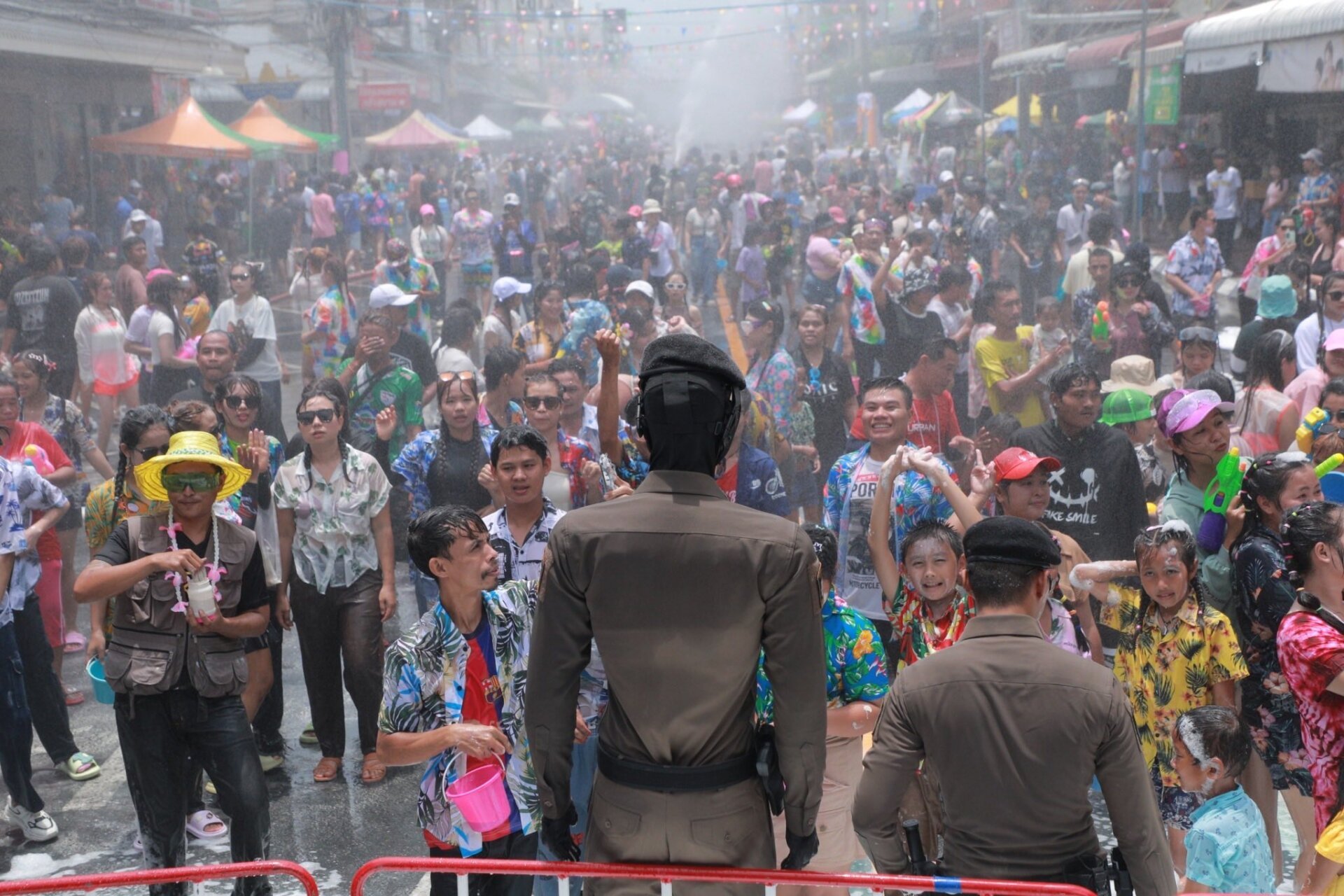Thailand’s Royal Thai Police (RTP) unveiled its latest addition, the “AI Police Cyborg 1.0,” a robotic platform designed for enhanced surveillance and public safety. Deployed on Tonson Road in Muang District, this robot boasts a range of advanced features, marking a new step in the integration of AI into law enforcement.
 Thailand
Thailand
Developed collaboratively by Provincial Police Command 7, Nakhon Pathom Provincial Police, and Nakhon Nakhon Pathon Municipality, the robot integrates with existing surveillance infrastructure. It can access nearby CCTV cameras, deploy drones, and utilize its own 360-degree AI-powered cameras. These cameras are equipped with facial recognition, behavioral analysis, weapon detection, and blacklist alert systems. According to officials, the robot’s sophisticated video analytics can differentiate between real firearms and toys like water guns, and even identify potentially violent behavior.
The AI Police Cyborg 1.0 is linked to the province’s command and control center, facilitating “efficient event safety management,” according to the RTP’s Facebook announcement. The robot’s primary function, ostensibly, is to bolster public safety, as reflected in its official name: Police Colonel Nakhonpathom Plod Phai, translating to “Nakhon Pathom is safe.” A spokesperson emphasized the robot’s role as a “force multiplier” for large events, providing constant vigilance and supplementing traditional policing resources.
However, concerns have arisen regarding the potential implications of such advanced surveillance technology, particularly given the Thai police’s past actions against activists. Coincidentally, reports emerged on the same day as the robot’s deployment regarding the doxxing of pro-democracy activists by Thai security services on platforms like Facebook and X. The deployment of AI Police Cyborg 1.0 raises questions about potential misuse and the broader impact on civil liberties.
While the potential for misuse exists, the effectiveness of such police robots remains to be seen. Previous deployments of similar technology have faced challenges. New York City, for instance, discontinued its subway robot after a disappointing pilot program, and another police robot in California failed to provide assistance to a woman seeking help. Furthermore, despite the RTP’s promotion of the robot’s advanced AI capabilities, there is no confirmed evidence of the robot’s mobility. Many robots struggle to navigate complex environments, raising doubts about the Thai robot’s independent movement.
Considering the historical performance of police robots globally, it is unclear whether the AI Police Cyborg 1.0 will live up to its touted potential. For now, its actual impact on both public safety and civil liberties remains to be observed.











